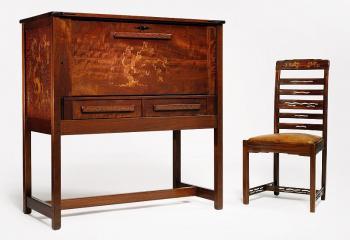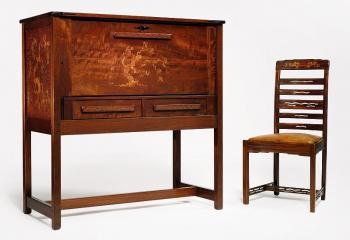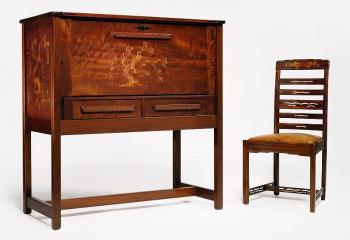Iconic American Desk Expected to Fetch $4 Million
Historic desk from famous woodworkers has estimated value of $4 million dollars. The famous desk set in question was created by the company Greene & Greene, and is originally from the Pratt House in New York.

PRATT DESK: This set was custom designed by Greene & Greene at the peak of their designing careers, and is now considered an icon in American design during the Arts and Crafts movement. Courtesy of Sotheby's
|Updated:




